Let’s get one thing fucking crystal clear: queer dance music didn’t start on a Spotify playlist. It was born in basements, bathhouses, and busted-ass sound systems held together with duct tape and desperation. While the world fawns over Daft Punk and Berghain, the real architects were black, brown, trans, and queer bodies grinding through hell to build something holy.
And these fucking legends deserve all of praise our little queer hearts have to give.
1. Larry Levan at Paradise Garage
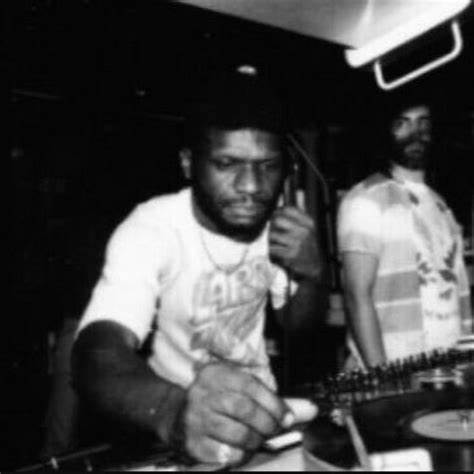
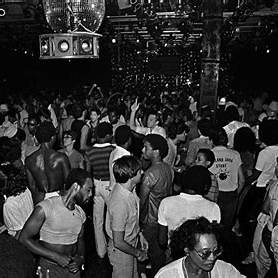
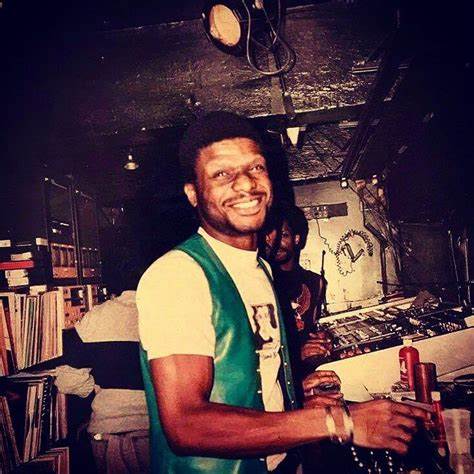
Francis Grasso may have pioneered the technical mix, but Larry Levan turned the turntables into a goddamn altar. Paradise Garage wasn’t just a club — it was a sanctuary for the outcast where queer, black, and brown folks came to be seen, held, and reborn. Levan didn’t play songs — he constructed emotional arcs. He could drop a gospel house track and make a thousand sweaty bodies cry like they were just washed in the blood at Sunday service. His booth was therapy, protest, and communion rolled into one. Every bassline was liberation. You didn’t leave the Garage the same person you walked in as — and that was the point.
2. Patrick Cowley’s “Menergy”
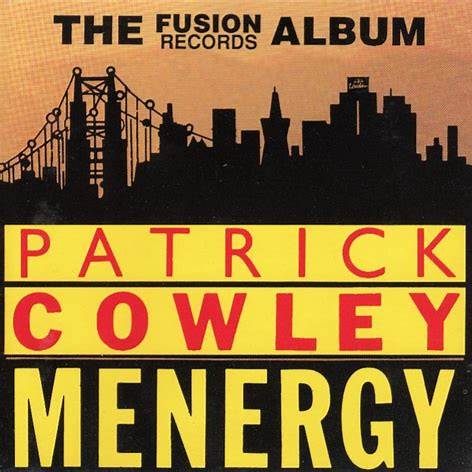
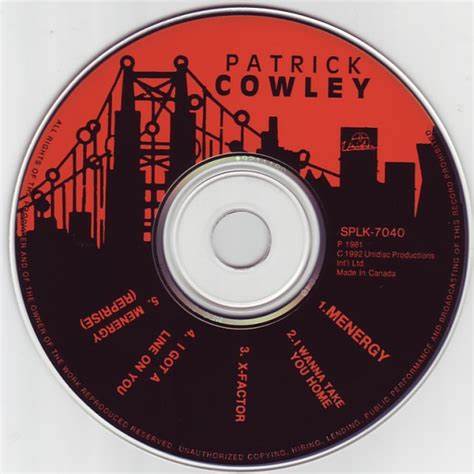
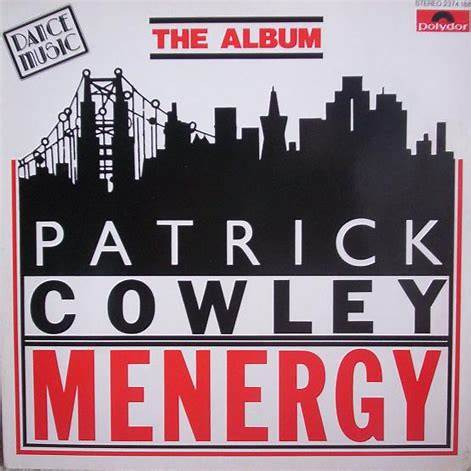
Patrick Cowley didn’t just make music — he made porn you could dance to. Released in 1981, Menergy was a euphoric, synth-driven ode to cruising, cum, and unapologetic queer sex. Where mainstream synth pop whispered about desire, Cowley moaned it out loud, soaked in analog filth and lube. He layered sounds like a perv in heat — drum machines panting, synths slithering, men grunting in ecstasy. And he did it in the middle of a culture war against gay bodies. This wasn’t background music — it was a battlefield anthem. Every knob he twisted spat in the face of Reagan’s America.
3. Frankie Knuckles & The Warehouse
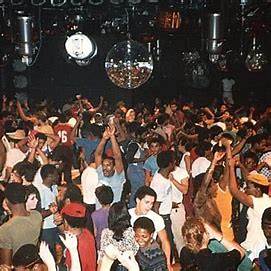
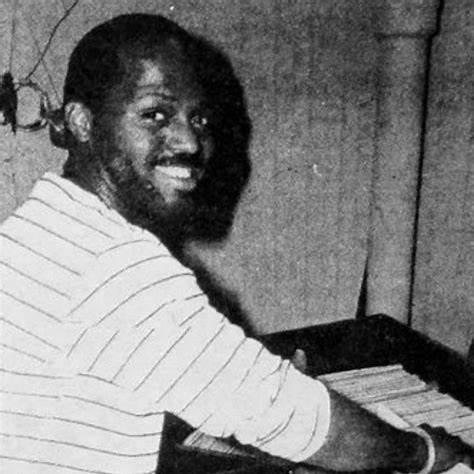
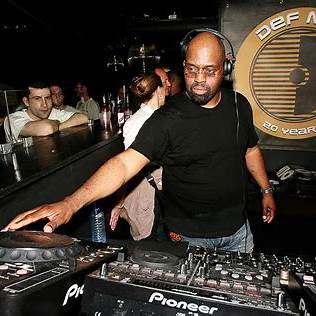
You like house music? Cool. Now thank Frankie fucking Knuckles. The Warehouse in Chicago was ground zero for a cultural shift — a black, queer, working-class space where the floor shook with something entirely new. Knuckles crafted mixes that weren’t just about beats, but about belonging. He played disco edits, gospel vocals, Italo synths — stitching them into something transcendent. House music wasn’t born in a lab. It was born when Frankie looped a gospel breakdown for 10 minutes while queens wept and stomped through the pain of being alive in America.
4. The Saint — A Gay Planetarium
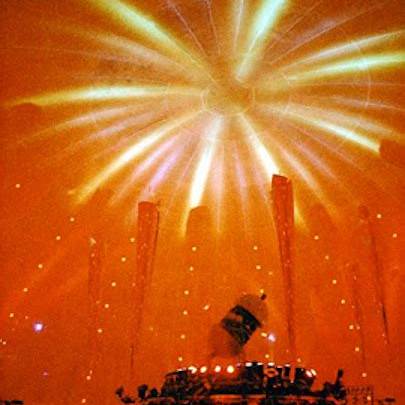
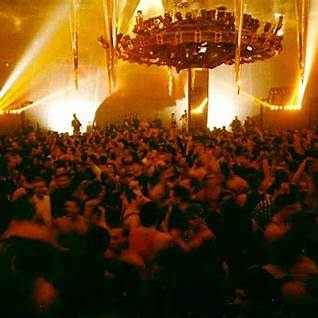
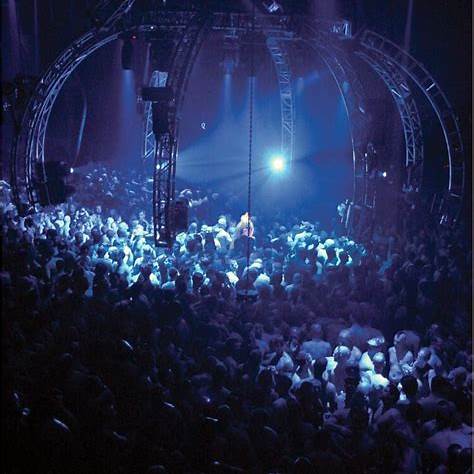
Imagine a club inside a literal space dome. Now fill it with a thousand shirtless men on acid, dancing to an 18-hour set under constellations of laser beams. Welcome to The Saint — New York’s cosmic queer cathedral. Built in an old planetarium, the club had a rotating circular dancefloor and a sound system that could make your bones weep. It wasn’t just excess — it was elevation. Somewhere between the ketamine and the soaring vocals, queers found transcendence. And yeah, there were dark rooms — sex everywhere. But above all, there was unity in the beat. A strobe-lit fucking rapture.
5. DJ Sprinkles – Midtown 120 Blues
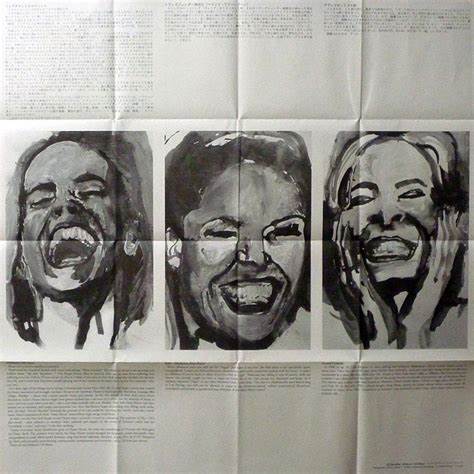
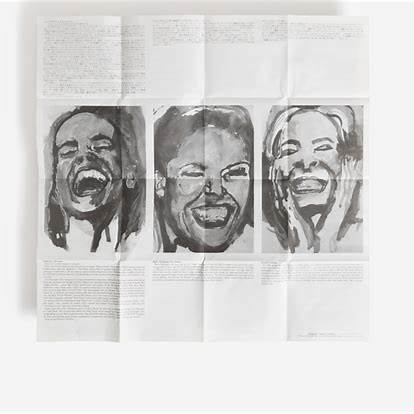
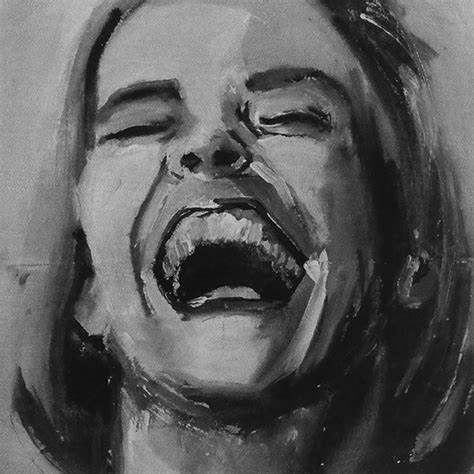
This one isn’t for the casuals. DJ Sprinkles (Terre Thaemlitz) dropped Midtown 120 Blues in 2008 — a deep house concept album that reads like a eulogy and slaps like a manifesto. It’s lush, melancholic, and devastatingly honest about the way queerness gets co-opted, sanitized, erased. The interludes call out DJs profiting off a culture they don’t understand. The tracks mourn lost spaces, lost friends, and lost history. It’s protest disguised as dance. Every beat says: We were here. You just didn’t look close enough. This isn’t background noise. It’s a political fucking act.
6. Sylvester’s Over and Over
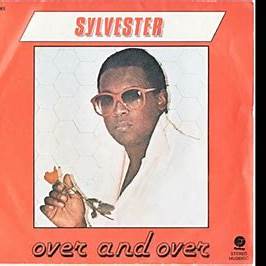
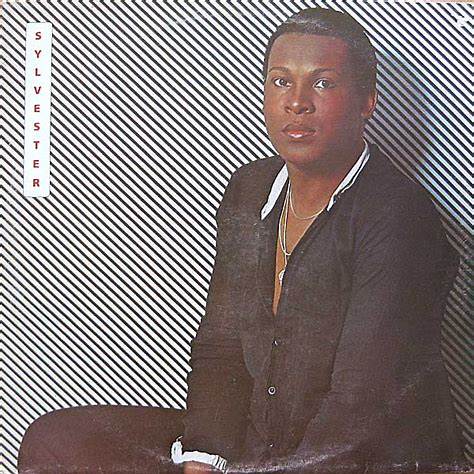
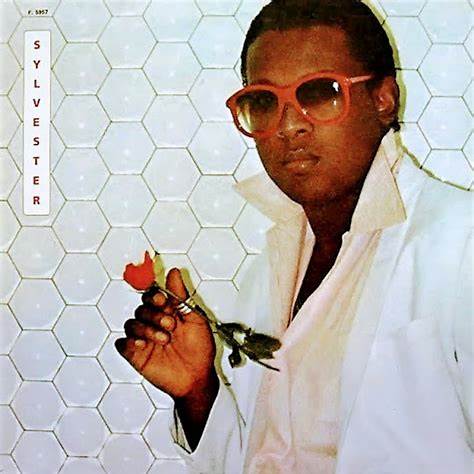
Everyone loves Mighty Real, but Over and Over is Sylvester at his most potent — a diva with a falsetto forged in fire, strutting through tracks like a queer archangel. This wasn’t just disco. This was testimony. Sylvester fused gospel soul with floor-filling heat, backed by the glorious Two Tons O’ Fun. He blurred gender, defied labels, and strutted across stages with enough sparkle to blind a room. He wasn’t tolerated. He commanded love. Over and Over is joy through a clenched fist — triumphant, femme, and unfuckwithable.
7. The LA Ball Scene
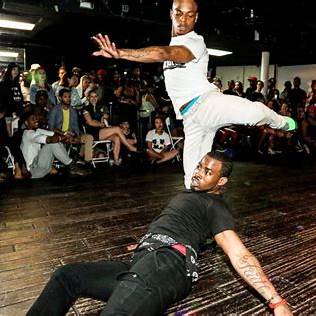
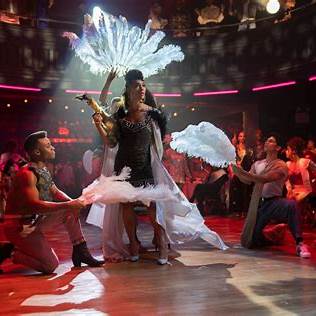
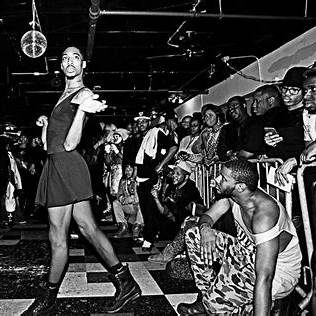
Everyone talks about New York’s balls like they invented the damn thing, but Los Angeles had its own raw, radiant ballroom culture. Forget soundstages — these were parking lot battles, house parties, and street takeovers. No media coverage. No mainstream love. Just Black and Latinx queer and trans youth voguing for survival. LA’s scene was grittier, hungrier. Kids walking categories in hand-me-down wigs, dodging cops and sometimes bullets to make magic happen. You want realness? You want legacy? Go west.
8. Fire Island’s Beach Raves
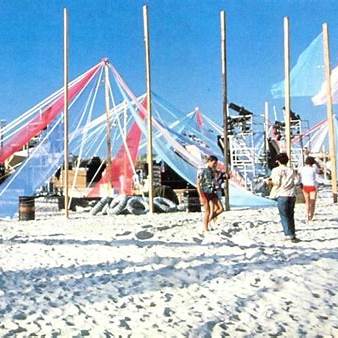
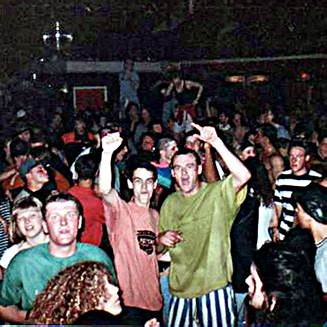

Fire Island gets painted like some Circuit Barbie dreamland now, but back in the ’90s, the real ones were throwing outlaw raves on the goddamn beach. DIY setups with generators, DJs playing until sunrise, bodies writhing in the surf, peaking on acid and emotion. No sponsors. No social media. No clout-chasers. Just pure queer abandon. People fucked under stars, cried under speakers, and baptized each other in salt water and bass. These weren’t parties — they were rebirths.
9. Horse Meat Disco Resurrects the Groove
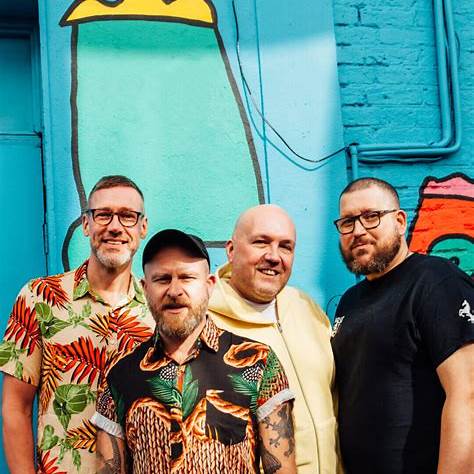
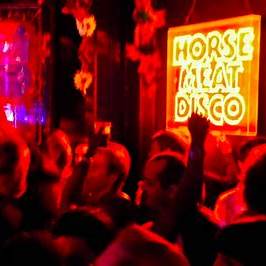
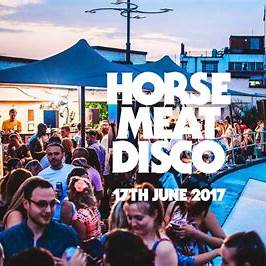
In the early 2000s, disco was a joke — a glittery corpse. Then four London gays dug it up, reanimated it, and gave it back to the queers who made it. Horse Meat Disco was never about irony. It was about feeling. They spun B-sides, obscure Italo cuts, soul stompers — no auto-tune, no filter, just sweat and seduction. Their parties were orgies of rhythm and glitter, reclaiming disco as black, brown, and very queer. They weren’t retro. They were resurrecting the sacred.
10. QTPOC DIY Parties
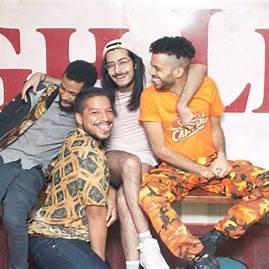
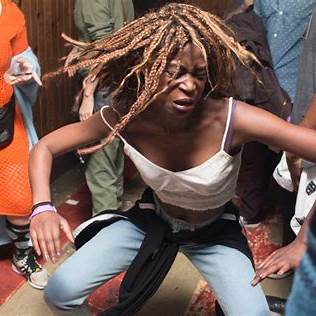
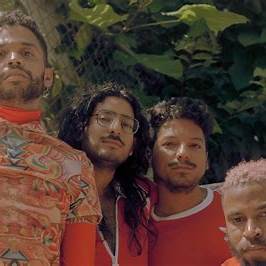
When the bouncers, lineups, and algorithms shut them out, queer and trans BIPOC made their own damn spaces. Papi Juice in Brooklyn. Chroma in LA. Jackie House in SF. These weren’t just parties — they were counterculture laboratories. The music? Experimental, global, genreless. The fashion? Fuck-you fierce. The politics? Built in. These scenes aren’t waiting for co-signs. They’re doing it now, on their own terms, in real time. It’s the bleeding edge of queer nightlife — and if you’re not paying attention, you’re already irrelevant.
This music wasn’t made for the masses. It was built by freaks and survivors, lovers and rebels. It’s not nostalgia — it’s resistance, it’s ecstasy, it’s truth on a dancefloor.
So stop waiting for Rolling Stone to care. These moments already changed the world.
Now go dance like your fucking life depends on it.


